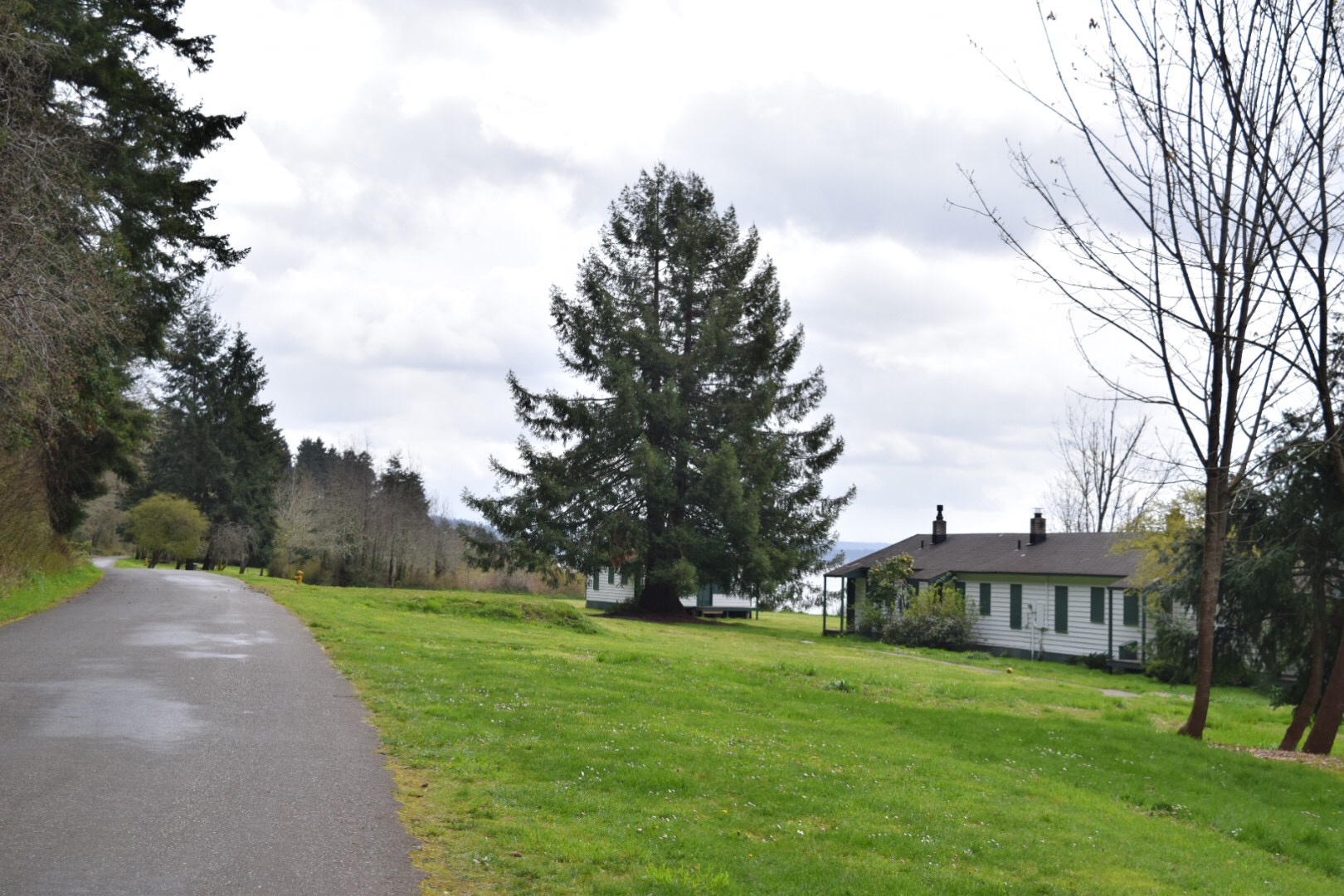the infamous macaron.
i've spent the past few weeks revisiting this tricksy little cookie, and doing cookie-monster amounts of taste testing. ordinarily baking is a bit like riding a bike - once you've got a recipe, you've got it, but it's not so simple with macarons. i've made beautiful batches, then ruined batches, and moving into a new kitchen just presents a whole new host of new challenges. from the mixing bowls used, to the oven temp, everything must be JUST oh so perfect.
tutorials on macarons are numerous, with some bakers swearing by stainless steel bowls, and others by scale-measured ingredients and aged egg whites. i decided to do a little testing to break in our new kitchen, and here's what i've learned about baking these finicky little cookies in our home:
1) the egg whites don't need to be aged.
but they do need to be at room temperature. egg whites that are cold won't whip into a stiff peaked meringue and i seem to have enough trouble getting my meringue to the proper consistency as is. you can warm chilled eggs up quickly by soaking the whole egg in warm water for 5 minutes before cracking them into your bowl.
2) mixing bowls and beaters must be COMPLETELY clean, dry and devoid of any oil residue.
of course, we always use clean, sterile equipment but i inadvertently compromised a batch of meringue by accidentally allowing some water into the bowl of egg whites. to get those room temperature eggs, i had soaked the eggs in warm water, then grabbed them straight out of the bowl of water and cracked them into the mixing bowl. a drop or two of water from the egg shell and/or my hands got into the bowl...teeny mistake = huge problem. so be sure to dry your bowls, beaters, eggs, hands, etc. etc. fully! you can also wipe down your equipment with vinegar to negate any residue from your kitchen towel, dish soap, etc. i use stainless steel or glass mixing bowls.
3) you don't actually need to break out a kitchen scale.
i'm so happy to have stumbled upon this foolproof macaron recipe, and my other new favorite recipe for a slightly smaller batch listed below. both use standard kitchen measurements and the "foolproof" recipe linked above is fairly easy to remember as well, with the 1:2:3 ratio of almond flour, confectioner's sugar, egg whites.
4) but you can't use liquid food coloring.
multiple tutorials discourage the use of liquid food coloring, but for reasons i didn't quite buy into. most of them say the addition of extra liquid throws off the ratios in the recipe, but in one batch i added a fraction of a drop, which was still ruined. yes, macarons are sensitive, but they're not THAT sensitive. instead i'm chalking it up to some ingredient in the liquid food coloring that destabilizes the batter. save yourself the time and ingredients - just use the gel or powder varieties instead. i like to add the food coloring to the egg whites when whipping them for the most even color distribution.
5) they get better with time.
store macarons in a plastic, lidded container in the fridge. a few days is best, where they will soften a bit. you can take them out and bring to room temperature before serving.
6) they do need to rest for at least 30 minutes prior to baking, longer if possible.
as impatient as i can be, this is one of those steps i'm tempted to cut short, if not disregard altogether. and while there are some recipes that insist with proper macaronage technique you can skip the resting - but so far i've found there's no real way to bypass this step. if the tops of the shells aren't left to dry properly i don't seem to get those cute ruffly feet on my macarons.
7) silicone mats are a must!
a lot of people swear by parchment paper, but for me silicone mats work best. i'm not a fan of the ones designed specifically for macarons, but just plain old flat silicone. my macarons bake more evenly, the bottoms are perfectly flat, and they seem to brown less.
8) equipment i can't get by without:
glass or stainless steel mixing bowls (set of 3)
fine mesh sieve
whisk
spatula
electric metal beater (either a stand mixer or hand variety)
plain round piping tip and piping bags
silicone mats
heavy, metal baking sheets
things there aren't a perfect formula for:
9) proper oven temperature
i discovered this weekend that my new oven runs a little hot. my macarons were overcooked so turning the temp down to 275 proved to be a fix for the foolproof macaron recipe. however for the chocolate macarons pictured above, 300 was perfect. this is just one of those trial-and-error factors you'll have to practice in your kitchen, in varying levels of humidity to get just right.
10) getting the batter consistency correct
this is the hardest part and unfortunately only practice makes perfect. to start, most say that about 50 folds is where your batter consistency should be correct. the mixture should be homogeneous, but still thick and viscous, about the consistency of honey, and slowly run off the spatula in a long ribbon. you can test to see if your batter is thin enough by drawing a figure "8" with the batter as it runs off your spatula. i like this video tutorial!!




























